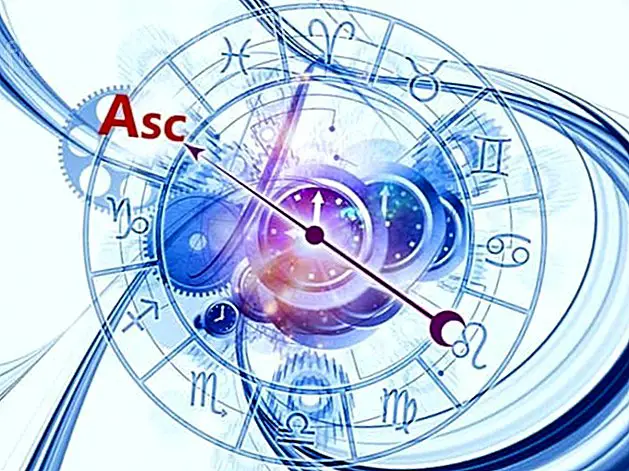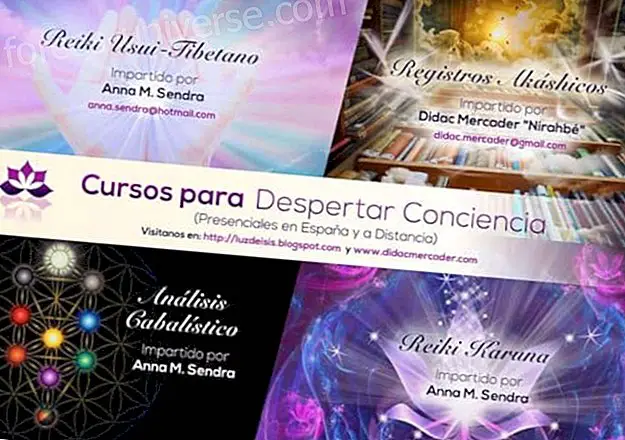
Arthur E. Waite (1857-1942) was a scholar and practitioner of esotericism who tried to systematize in his works the foundations of Western esotericism. We present below the translation of a fragment extracted from chapter 2 of his book The book of ceremonial magic ( The Book of Ceremonial Magic ), where he deals with some aspects of transcendental magic and then discuss an ancient book of magic and hidden knowledge, the Arbatel of magic .
-
On transcendental magic
The term "transcendental", when used quite informally and conventionally in relation to the present, should not be interpreted in an exalted or philosophical sense. It has not been adopted because it seems reasonably appropriate, but rather because of the absence of a better term to define what is implied by it and also because, previously, it has been considered such in relation to the same. Perhaps it can be taken as equivalent, in a lax sense, of the High Magic of Eliphas Lévi, and that I have used in this transcendental Magic not because it is a satisfactory synonym, but because there is currently no expression that defines it better.

Having made this consideration in relation to the concepts that are presumed to be at the base of the subject, it should be said that in ceremonial magic there is as much and as little transcendentalism as in the phenomenon of modern mediumship . Whatever is claimed for the intelligences with which communication is sought, these are revealed by their functions, which are neither fanciful nor frivolous. In an association of this type, it should be understood that material interests must be included in the second type, while the first one would include those that are left out of their effective compliance because of their extravagance, while, at the same time, no they keep any connection with spiritual aspirations.
Assuming [transcendental magic] was an exact science, there would be nothing in practical magic that interrelated, for example, with no truth or mystical goal. Therefore, "rituals of transcendental magic" should not be understood as a collection of processes by which the Divine in man is considered united with the Divine in the universe . The works of San Juan de la Cruz, Ruysbroeck, Eckart, Molinos, Saint-Martin, including the Imitation of San Tomás de Kempis: all of them would contain the great processes of true transcendental magic, if it were not blasphemy to apply such term, which would be ridiculous, to treasures that would be harmed by such association. It must be understood that in these hidden processes and in what is called the theurgical ceremonial there is no explicit connection with black magic, a practice that not only does not imply negotiating with evil spirits for evil purposes, but also seems to avoid any communication of this type, whatever its purpose.
The only exception to this (which, if it is well understood, is only an apparent exception) must be granted in favor of the procedure adopted by the Church in regard to the expulsion of the diabolical powers from the body of people, not because the phenomena of possession are necessarily something other than a pathology, even in cases where it is evident and stubborn, but because, based on the terms of the ecclesiastical budgets, the rite of exorcism is a much more exalted rite than any other that can be performed in transcendental magic . In this respect, as in many others of greater importance, justice acceptable to the position of the Catholic Church has not been done.
It should also be added that, while ceremonial magic deals with a variety of processes that, obviously, tend to provoke in the reckless operators the phenomena that characterize possession, there is virtually no process of any of the rituals (white or blacks, compound or transcendental) that is intended to relieve people affected by this . There is no reason, therefore, to doubt on which side of the mirage the apparatus of rituals has developed, and the sympathies of reasonable students will be with the honorable institution that condemned these practices and sought to free their victims, leaving the issue of possession as an open question and, in this sense, as a marginal issue.

Arbatel's talisman
Even with the requirements I have put in writing, putative transcendental rituals are really scarce. There are the following:
1 The Enchiridion of Pope Leo III.
2 The Arbatel of magic .
3 The celestial magic of a German anonymous occultist entitled Theosophia Pneumatica, which should be taken as the representation of one or two similar manuals.
Of these, the first is included in the rituals of ceremonial magic, to say of the persistent ignorance of those people who have tried to classify them. On the other hand, the third borrows all its importance from the second in which, according to both texts, all its interest is focused.
Regarding its origin, its author even its purpose, everything is surrounded by mystery . So yes, there are no handwritten copies or, at least, none that precedes the end of the sixteenth century. It appeared in a small volume in Basel dated 157 157. Both the retrodatación and the attribution of fictional authors to grimoires and magic books are two sins bibliography Frequent graphics, so the antiquity of the Arbatel remains under suspicion because of its literary connections. At the same time, the knowledge of an expert in typography would be required to determine with certainty the reliability of the indicated date.
The text is written in Latin, although there is a distant possibility that it is the work of an Italian. It refers to the theophoretic magic, which points to the influence of Paracelsus and, although it is difficult to affirm it with certainty, it seems to refer to a period prior to that influence, to the period, in fact, of Benedictus Figulus, who would slightly precede Rosicrucian enthusiasm and, therefore, explain the absence of any reference to Rosicrucians who, taking into account the theme and modes, would certainly be expected in a paper published later than the year 1610.
Keep in mind that the Arbatel has no connection to the cycle considered here of the Keys of Solomon, and that it is permeated with Christian ideas . Its author is completely unknown. Arbatel or (from the Hebrew ARBOTAL) is probably not a pseudo, but it would be a revealing angel or instructor. Even so, the use of this Hebrew term is striking in relation to the fact that references to the Old Testament are few and of little relevance, while allusions to the sayings of Jesus Christ and to New Testament narratives are very frequent . In addition, Solomon is not cited in frequent enumerations made of adepts and wise men.

Regarding the origin, authorship and date of the book, we can say that the work is incomplete. Of the nine volumes in which it is supposedly divided, we only have one. It would not be unlikely that the other eight had never been written, since the author left us an index of his entire proposal, and it is clear that the first book overlaps more than once with the contents of the book that would follow. As we have it, the Arbatel of magic deals with the most general precepts of the magical arts . In other words, with the institutions. It is titled Isagoge, which means basic or fundamental instruction. The missing books are those that deal with microcosmic magic or spiritual wisdom ; Olympic magic, that is, the evocation of the spirits of Olympus; Homeric and Hesiodic magic, that is, the operations of the cacodaimones; Roman or Sibylline magic, in relation to guardian spirits; Pythagorean magic, which deals with the geniuses of the arts; the magic of Apollonius, who empowers humanity's enemies; hermetic or Egyptian magic; and, finally, that which depends solely on the word of God and is called prophetic magic.
AUTHOR and TRANSLATOR: Erica, author and translator of the great family of hermandadblanca.org
SOURCES http://www.sacred-texts.com/grim/bcm/index.htm






